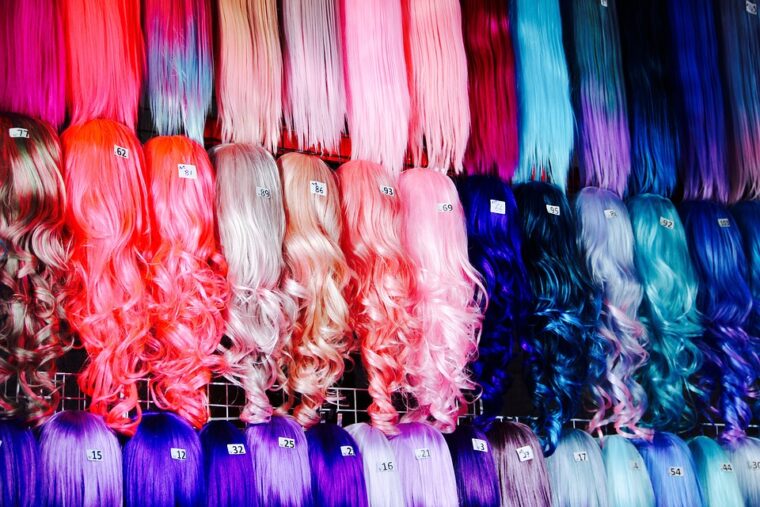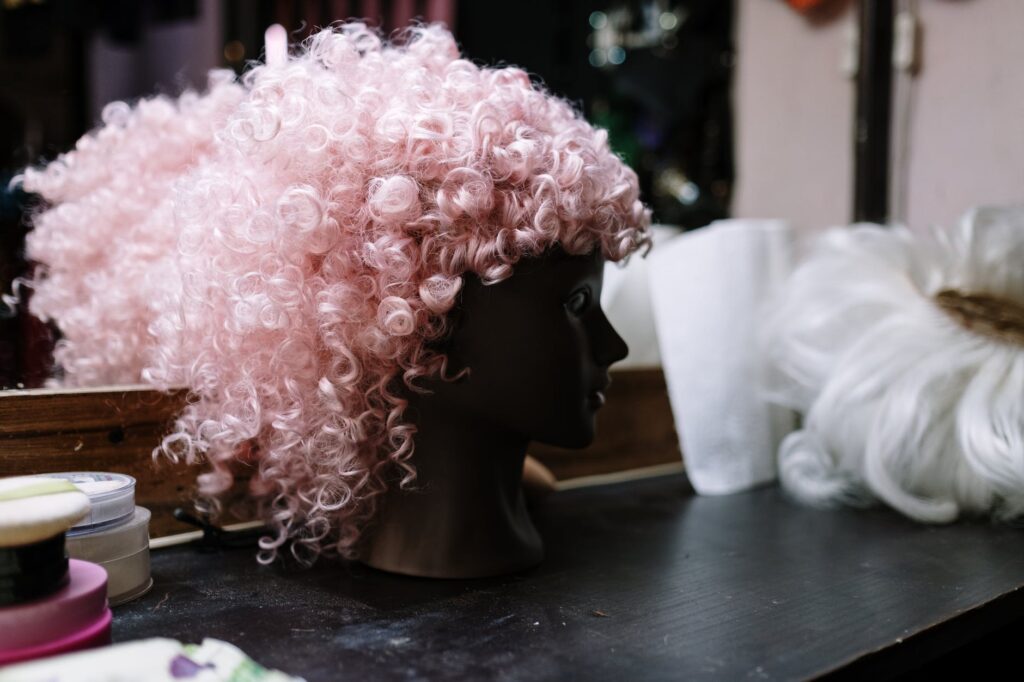A woman’s hair is considered to be a very integral part of her beauty, after her face. Having good hair adorning your face can not only improve your beauty considerably but also give you the self-confidence boost you need to go out in the outside world. For many women who have short, low, or thin hair, wearing a wig is often the most optimal option as it gives them the exact desired look they are yearning for.
According to https://shop.luvmehair.com/products/180-density-frontal-lace-wig-pre-plucked, all the women who have bought their wigs from the store have reported that buying the perfect wigs for themselves has been one of the best decisions of their life and has improved their self-esteem as well as enhanced their beauty considerably.
However, most women who buy hair wigs impulsively often leave out one crucial aspect out of consideration that later on greatly hampers the compatibility of their head with their wig – density. The density of a wig is a standard of how much thickness the wig can offer you. Opting for the wrong density of wigs can make the hair look unnatural and fake and be a clear indication for someone that a wig is worn by you.
It is crucial that you opt for the perfect wig thickness but how do you go about it? Today, we will help you do exactly that with a detailed guide on the various types of wig density, how to choose the most optimal one for yourself, and aspects that can influence hair density. Read the article till the end so that you don’t miss out on crucial details.
The different types of wig density

There is no universal classification that all wig manufacturers adhere to so it is crucial you understand that you might get alternative wig thickness standards from various companies. The good thing is that you can easily check the thickness of these standards by going to the stores and trying out the wigs yourself or checking models and samples online.
All wig standards are calculated in percentages – the lower the percentage the thinner the hair is and vice versa. The most ideal thickness is often quoted to be 120% as it comes the closest to the hair density of the average individual. It is vital that you note that density is not calculated by the width of an individual hair but rather by the volume of the entire wig combined.
Wig density can range from anywhere between 50%, which is the lowest all the way up to 200% that is the thickest and densest wig standard. Somewhere between the extremes of these two wigs (or maybe even the extremes themselves), you will find the perfect wig density for your head.
Choosing the perfect wig thickness for your hair
Choosing the perfect wig thickness for your head is no rocket science and is actually fairly easy. The thing you have to ensure is that you know exactly the volume of your own natural hair and scalp. Once you have a fair idea of your own hair density, you can now begin searching for an option that can perfectly match the fullness of your own hair –

- Sparse or Very Light density (50% to 70%) – This is considered to be the sparsest wig thickness. If your hair is already thinned out due to old age or hair loss, you can consider this wig for a natural look.
- Less sparse density (80% to 90%) – Just like the previous one, this density can be used by individuals who are experiencing the first stages of thinning out. One stark difference between this and the earlier density is that wigs from this density show a lesser amount of scalp.
- Lighter than average (100% to 110%) – If your hair is fine from the start of your birth, then the most preferable density option for you will be this one. It covers a majority of your hair but still falls short a few percent from completing the ideal thickness.
- Average (120% to 130%) – This is the most popular density alternative because of its natural and unique look. It provides the most adequate amount of thickness but doesn’t go overboard with it, thus providing the same thickness that most people on this planet have.
- Extra heavy (140% to 160%) – Mostly used by those that want a full look for their hair and have extreme hair thickness, this option can fulfill all your thick density desires with relative ease.
- Extremely thick/heavy (170+%) – You won’t find this on an average woman because this density is majorly used by actresses, stars, and models that want nothing but the thickest density possible for their hair which provides them with the perfect hairstyles and looks possible.
Aspects that can influence density
There are several aspects that can further impact your decision of selecting the ideal density for your wig purchase. These aspects should be always taken into consideration along with your natural hair type before you proceed with your wig purchase.

Budget
Unfortunately, the density of your wigs not only has a huge impact on your looks but also has a huge impact on your budget. As a general rule of the thumb, the thicker a wig is the more expensive it is which is why the thickest wigs are only worn and used by actresses and models while anyone can easily afford a wig with sparse density.
Hairstyles
While thicker wigs are more expensive, they are also better for hairstyling and achieving a fantastic look. They look full and rich and the surplus amount of hair means that you can bind them in any hairstyle you wish without much difficulty.
Comfort
Since thick wigs have more hair, they are also considerably heavy. In fact, many hairstylists will tell you to stay away from the extra thick wigs at all costs because of this, as they can quickly get uncomfortable and burdensome after just a few hours of use. If comfort is a priority for you, consider a light option that feels more comfortable on your head.
Conclusion
There are several things that you need to keep in mind when choosing the perfect density for wigs for yourself. We hope this article helped you do exactly that and if it did, please consider following our website for regular updates as it will help us out immensely.
